
Rethinking Steel Protection: A Price-Based Approach
As volatility in the global steel market continues to strain both producers and manufacturers, some U.S. policy experts argue that it’s time to move beyond tariffs. While tariffs—like the 2018 Section 232 steel duties—aimed to protect domestic producers from foreign competition, their legacy includes global trade tensions, elevated manufacturing costs, and limited long-term effectiveness. Now, a growing number of analysts are considering a different tool: price supports.
Why Tariffs Aren’t the Long-Term Solution
The Section 232 tariffs initially reduced foreign steel imports and temporarily boosted U.S. steel prices. However, they also triggered retaliatory trade actions and contributed to a decline in U.S. manufacturing output by 2019, according to Federal Reserve data. As demand slumped, some domestic steel mills shut down, and job losses followed. The pandemic later disrupted supply chains further—steel prices surged in 2021, adding new pressure on manufacturers.
Steel’s Pandemic Price Surge: Uneven Gains
During the 2021 spike, hot-rolled coil steel prices rose sharply—at one point reaching levels around three times higher than pre-pandemic averages. While large steel producers reported strong profits, many U.S. manufacturers struggled to absorb the higher costs. Some firms reportedly considered shifting production abroad to remain competitive, raising concerns about the broader U.S. trade balance in manufactured goods.
The Case for Price Supports: Targeted Relief Without Trade Fallout
Inspired by U.S. agricultural policy, price supports would provide direct aid to domestic steel producers when prices fall below a set floor. Unlike tariffs, which often invite foreign retaliation and raise prices across entire industries, price supports are more precise and less likely to distort international trade dynamics.
This kind of mechanism could help stabilize the steel sector without harming downstream manufacturers or triggering trade disputes. It would also signal a shift toward policies that prioritize both economic competitiveness and industrial resilience.
Potential Advantages: Smarter Support for Key Industries
Proponents of price supports argue they could:
-
Help producers weather price drops without fostering inefficiency
-
Reduce the cost burden on manufacturers by lowering steel input premiums
-
Prevent offshoring of manufacturing due to volatile domestic input costs
-
Minimize trade friction compared to broad tariff regimes
That said, implementation would require careful policy design, economic analysis, and alignment with trade obligations under WTO and USMCA frameworks.
Looking Ahead: A Need for Balanced Policy Innovation
The debate over how best to support the U.S. steel industry is not new—but it’s intensifying amid rising geopolitical and trade uncertainty. As policymakers reassess tools like tariffs, the idea of targeted price supports deserves serious consideration. By cushioning price shocks without escalating trade conflict, such measures could offer a more balanced way to ensure industrial strength and economic stability.



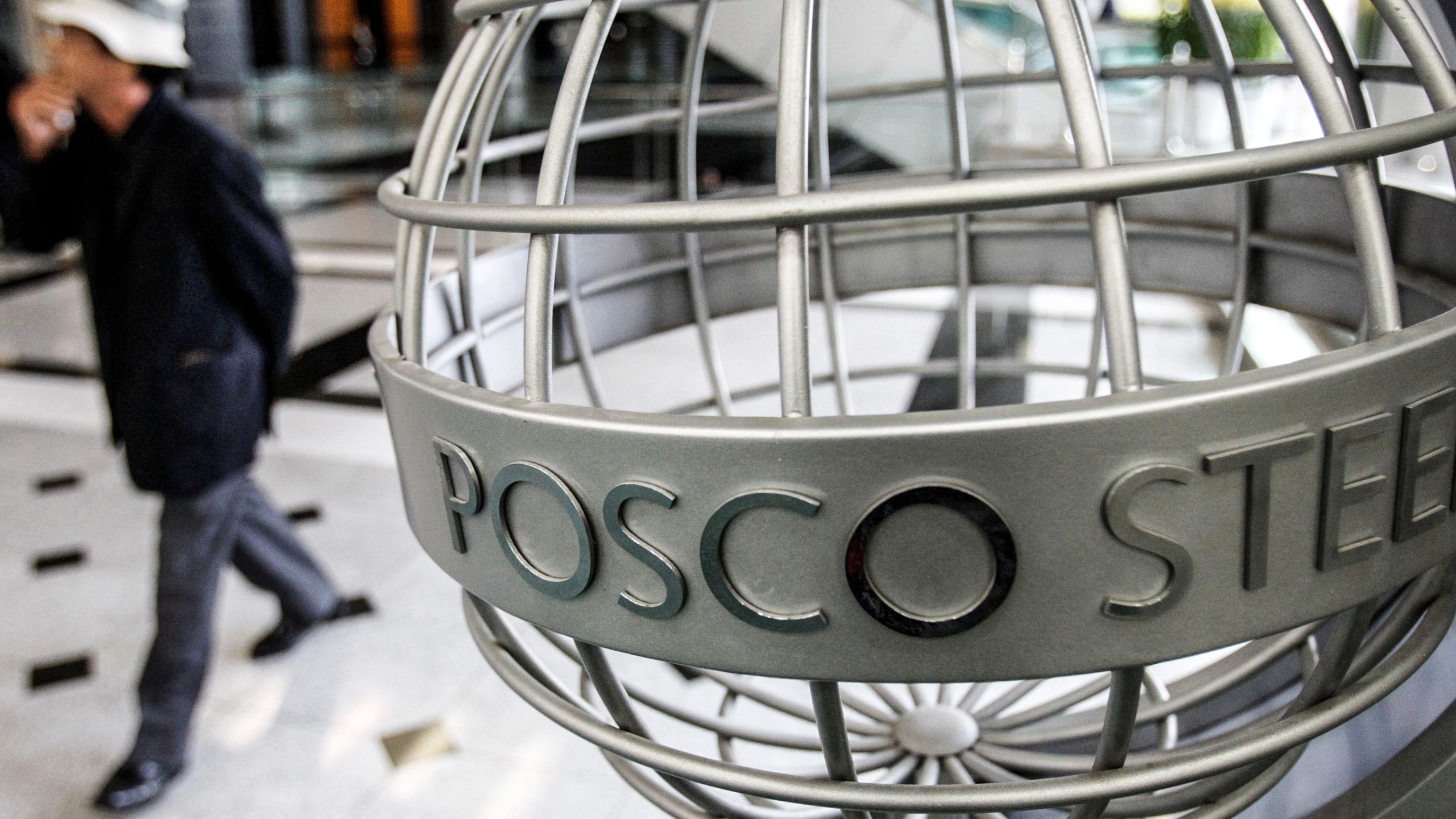



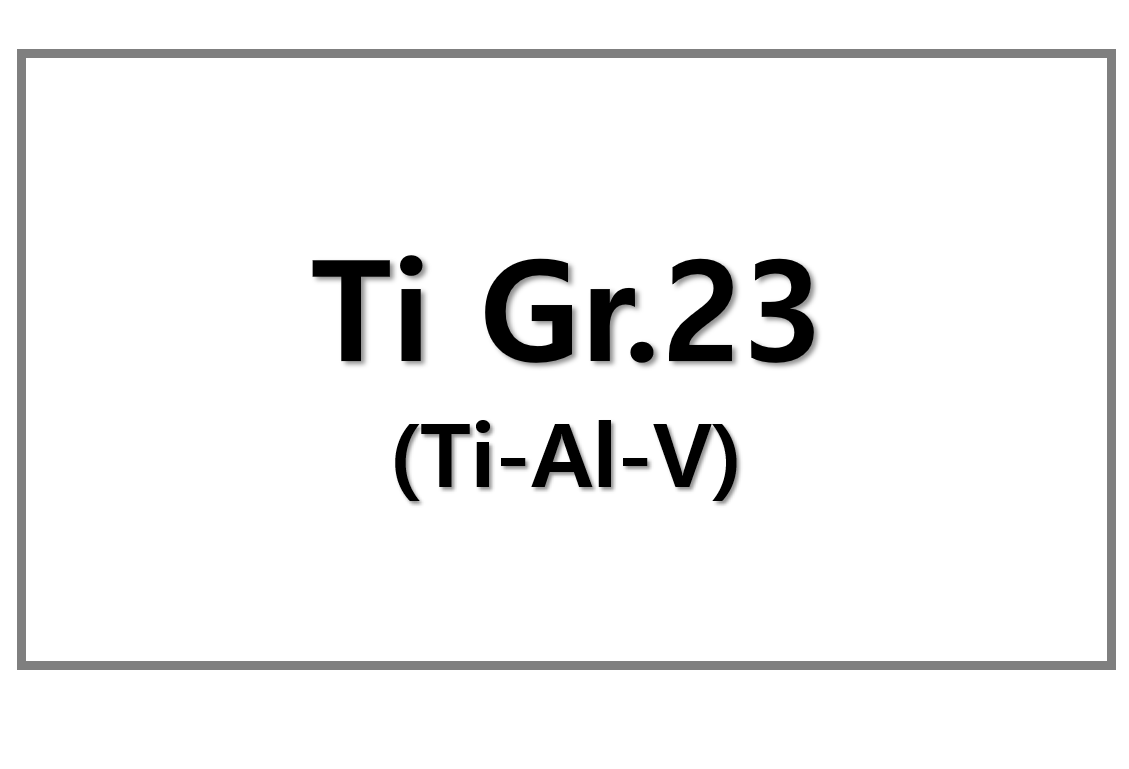
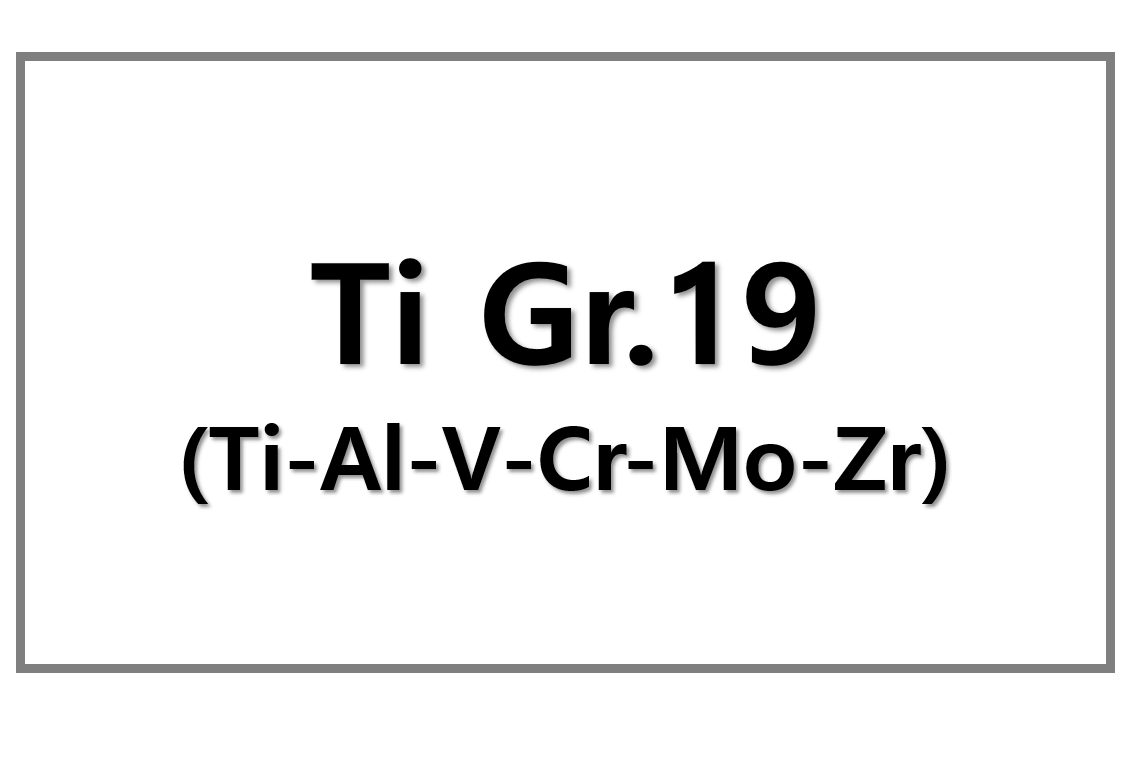
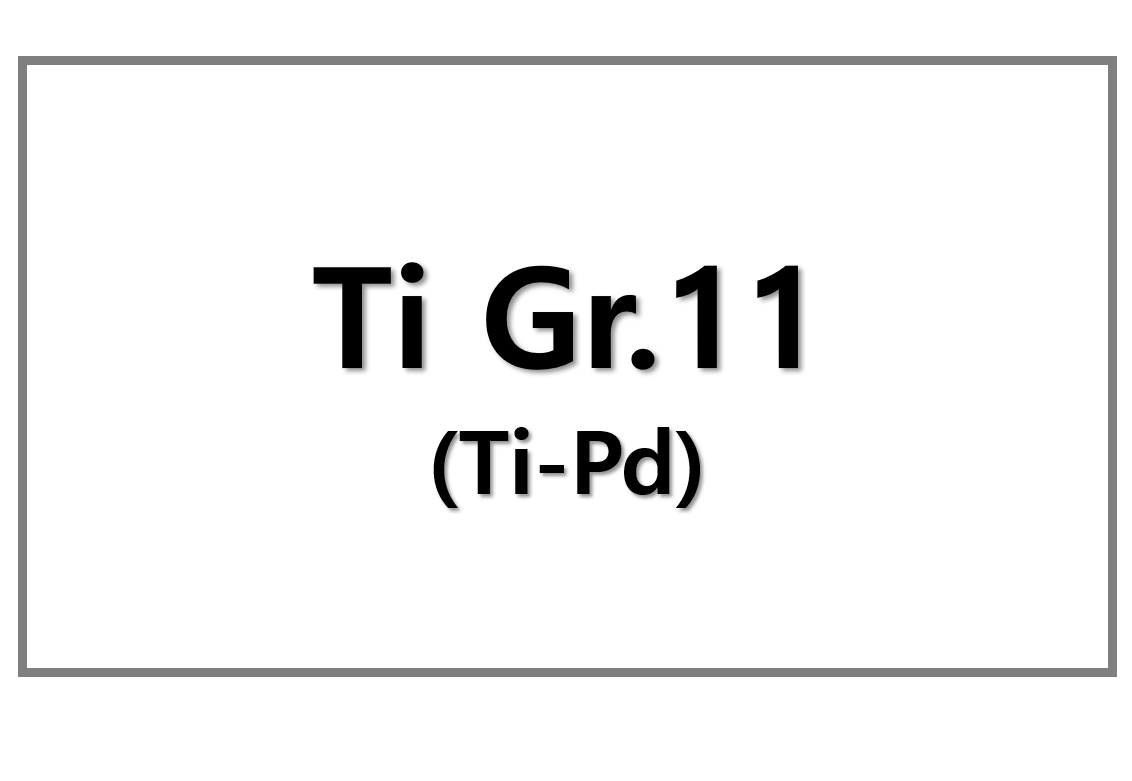
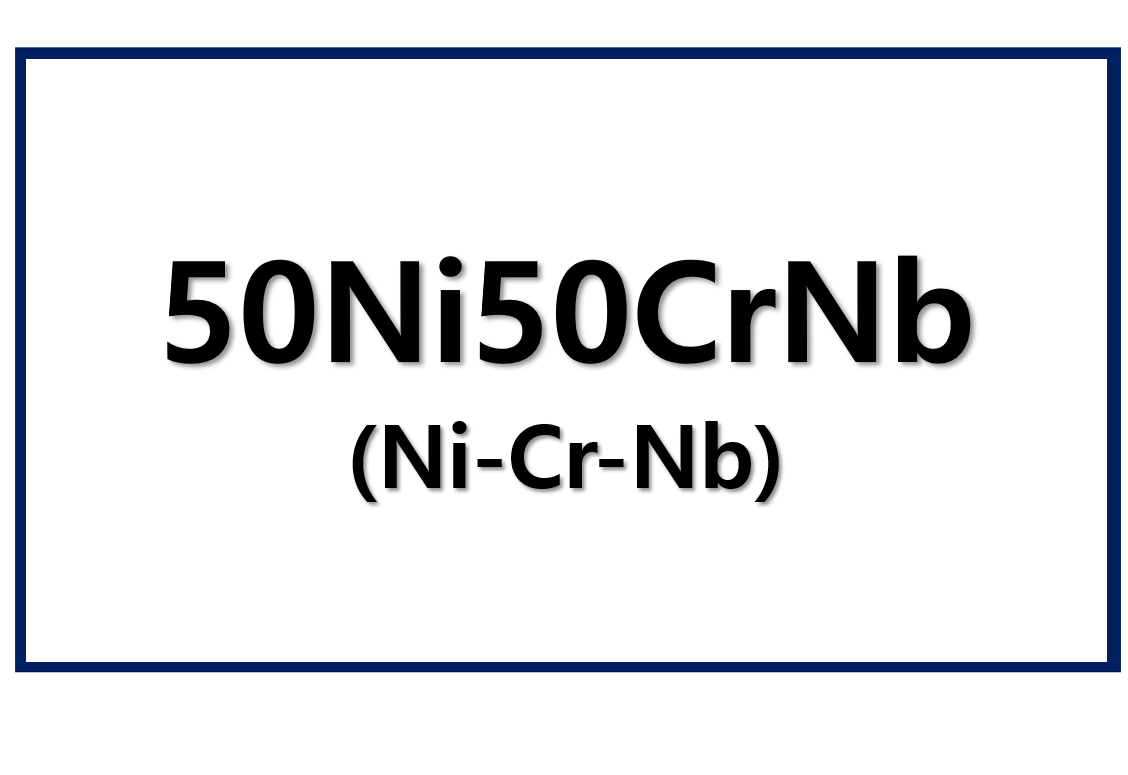
Leave a Reply
You must be logged in to post a comment.